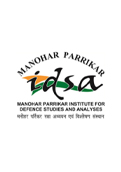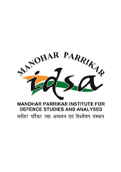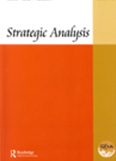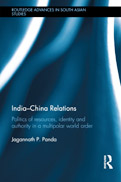China’s Claims over Arunachal: Reflections on Chinese Foreign Policy and what India needs to do
Refuting China's claim over Arunachal Pradesh, India's External Affairs Minister Pranab Mukherjee firmly reiterated that "The whole of Arunachal Pradesh is an integral part of India." Coming as it did days before the Chinese President's four-day visit to India from November 20, 2006, the statement made by China's Ambassador to India, Sun Yuxi, that "In our position, the whole of the state of Arunachal Pradesh is Chinese territory. And Tawang is only one of the places in it. We are claiming all of that. That is our position," is unfortunate.
- Abanti Bhattacharya
- November 21, 2006











